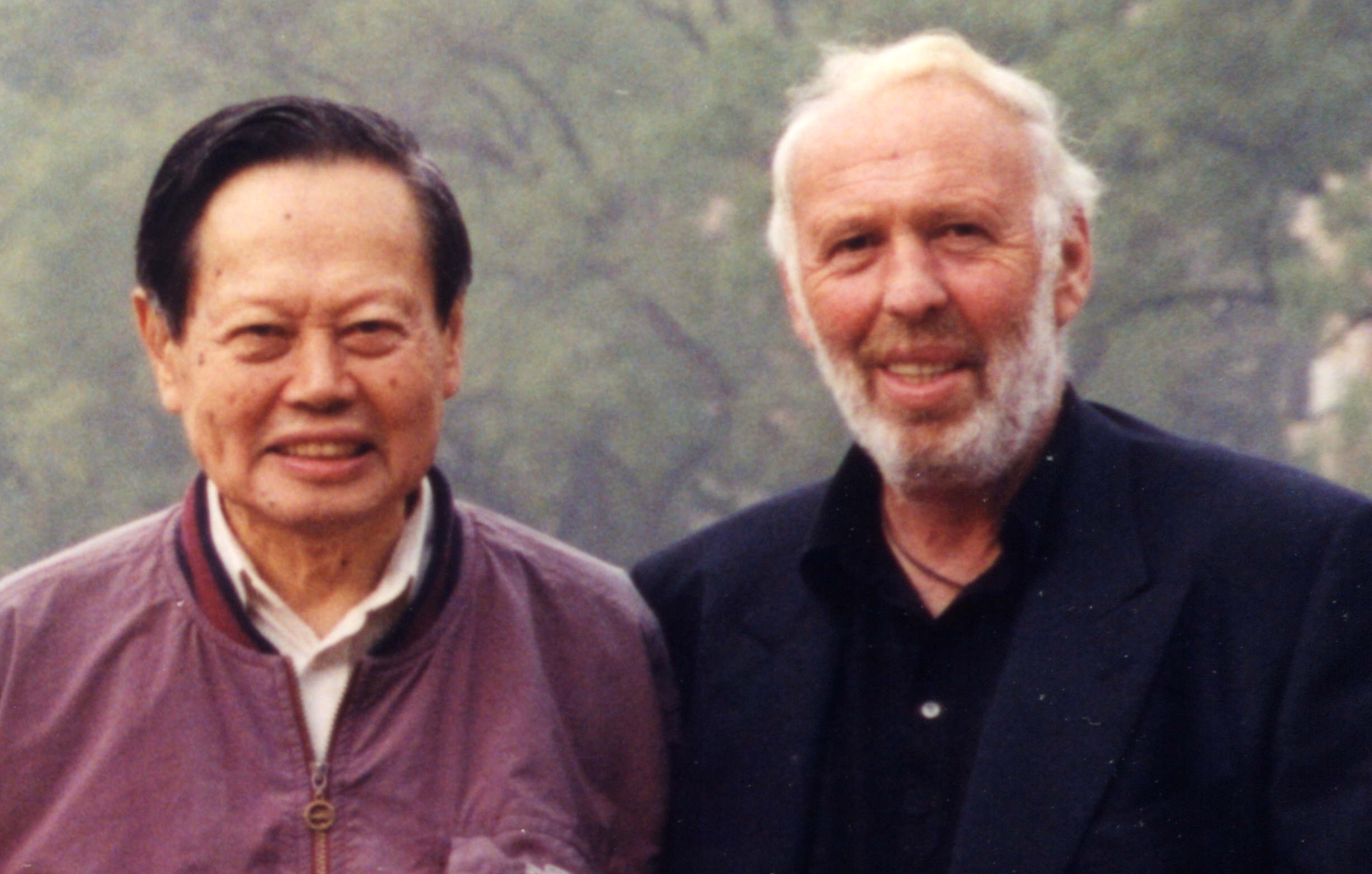Let's be blunt: if you want to even start to call yourself a nuclear physicist -- and by this I mean someone who actually understands what is known fundamental forces well enough to make meaningful predictions as to what they might do in unfortunate circumstances -- you might want to actually have authored a paper in the subject.
In his brief submitted to the Hawaiian court, Wagner claims to be "credited with discovery of a novel particle only previously theorized to exist, namely a magnetic monopole." But Stefan, from Backreaction, had a look at the original paper and pointed out that Wagner is only thanked "for assistance", and is manifestly not an author. The Time magazine piece about this putative discovery (thanks again, Stefan!) calls him a technical assistant, albeit one who got "credit for first spotting the monopole's track), along with another assistant, Julie Teague.
So let's continue to be blunt: being a technical assistant on an experiment where someone else tells you to look through a stack of emulsions, when you luck out and find something, does not make you 1) a nuclear physicist, or 2) even necessarily an author. While one could argue that doing work for an experiment would normally get you on the paper these days, clearly Wagner was below threshold even in his particle-discovering heyday.
In general, a paper's authors are not just the guys who "did the work", but those who take responsibility not just for being right about the results (which can happen by dumb luck) but for being wrong as well -- which can be fatal, unless you understand why you were wrong and make into something productive down the road. And being wrong is something Wagner doesn't seem ready for yet, about anything. I contrast his unwavering belief in his own bona fides with William Unruh, who made real contributions to the theoretical explorations of Hawking radiation (and whom I discussed in a recent post) that Wagner is so quick to dismiss (from the NYT piece):
According to a paper by the cosmologist Stephen Hawking in 1974, they would rapidly evaporate in a poof of radiation and elementary particles, and thus pose no threat. No one, though, has seen a black hole evaporate.So here is a person who is considered to be an expert on the subject, but who is comfortable enough with how the process works to consider that his theories might be wrong, although everything he knows about the known (i.e. experimental) facts of gravity, quantum mechanics, particle physics, astrophysics, etc. reassure him that he is most likely not. Ultimately, it's Wagner's self-generated certainty, based on purely negative evidence (e.g. "I might be right because you might be wrong"), that makes him the weaker party in this argument.
As a result, Mr. Wagner and Mr. Sancho contend in their complaint, black holes could really be stable, and a micro black hole created by the collider could grow, eventually swallowing the Earth.
But William Unruh, of the University of British Columbia, whose paper exploring the limits of Dr. Hawking’s radiation process was referenced on Mr. Wagner’s Web site, said they had missed his point. “Maybe physics really is so weird as to not have black holes evaporate,” he said. “But it would really, really have to be weird.”
And for the record, the "Cosmic rays" Wikipedia entry was started in 2002, but Wagner's "discovery" was only posted on January 13, 2008 by an unnamed author (which turns out to be a dialup connection in Honolulu - just 'nslookup 4.248.7.153'!), just in time for his re-entry into the blogosphere.
And next up, I'll try and deal with the substance of the issue, which is tricky when there's not much information supporting or rejecting a hypothesis...
(UPDATE: Wagner replies to my assessment, which is based only my reading of the publication record.)












